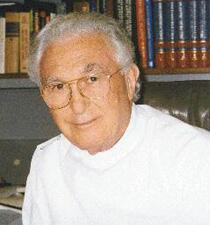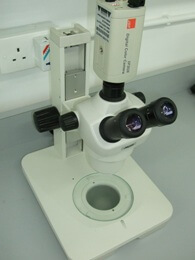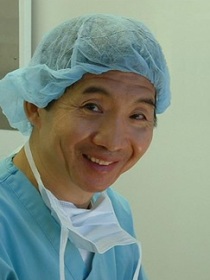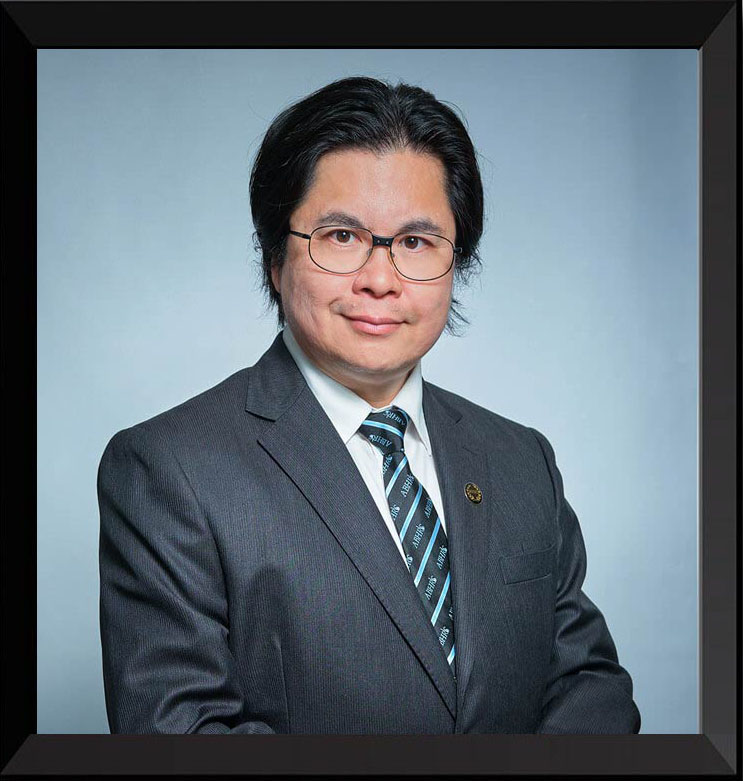
In 1939, the first published methods for hair transplant (also called grafting) was achieved by a Japanese Dermatologist, Dr. Okuda. Unfortunately, much of the hair transplant history was not credited to him since World War II crumbled the Western Hemisphere.
The actual process of the remedy for a balding head surfaced in 1952 in New York City. Dr. Normal Orentreich submitted the first proposal for a hair transplant operation. His first few drafts about hair transplant were actually rejected by the medical community. However, during the latter months of 1952, he performed the first hair transplant for male baldness. This operation worked under the principle that transplanted hair will continue to grow normally and will even exhibit the same characteristics it had where it originally grew. Here we would examine how hair transplant evolutes over the last 75 years.

Julius Caesar 100-44BC
Demand for "additional hair".
1822
J. Dieffenbach of Wurzburg, Germany had written thesis about concept of autotransplantation of hair, feather, and skin in animals and fowl. Success with the use of goose quills as trephines.
1930
Okuda had written a paper in Japanese Journal of Dermatology on punch grafting of hair for alopecia on the scalp, eyebrow, moustache and pubic areas.
1950
Dr Orentrich's Punch Graft
The world first hair transplant surgery for Androgenetic Alopecia was performed by Dr. Norman Orentreich in 1952. he relocated balding resistant hair follicles (10 4mm grafts) from the back and sides of the head to the balding scalp for MPB. His first paper appeared in NewYork Academy of Sciences in 1959. He established the first medical hair clinic in USA. Director of the Orentriech Foundation for the Advance of Science. This early procedure involved punching out a round piece of hair-bearing tissue 4-mm in diameter directly from the back of the scalp. Such graft contained about 20 hair and produced a rather pluggy appearance. This punch graft technique remained the standard for 20 years.


1960
With this hair transplantation concept, physicians began to perform hair transplants for cosmetic improvement. And like most new developments, the first attempts were less than perfect. Doctors were successful in transplanting hair from the sides and back of the head to the top, but the results looked unnatural and obvious. These older and obsolete methods of hair transplantation practiced in the 1960's and 1970's nearly always resulted in a "clumped" or "bristle brush" appearance. The "Barbie Doll" appearance of hair transplant plugs (round grafts containing generally 15-25 or more hairs) is unfortunately nearly always quite conspicuous, and worse, permanent.
1967 Richard Shiell pioneered Hair Transplantation in Australia
Micrografting and minigrafting
These were introduced by Sam Ayres III using 1.5 to 2.0mm punch. He also described the term “follicular units”. He omitted pressure bandage in his patients.
1970
Norwood Classification
1973 O’Tar Norwood introduced the classification of MPB, co-founder with Dow Stough of the International Society of Hair Restoration Surgery, and later founded the Hair Transplant Forum International (1990-1995).
Automatic Graft Extraction
Marcelo Gandelman pioneered the use of motorized punch transplantation. Basically automatic FUE started in the 70's.
1980
Minigrafts
Obviously these procedures required dramatic improvements. Over the course of years the technique of hair transplantation evolved. During the 1980s, minigrafts ( smaller clumps containing 5-8 hairs ) were an improvement, but only served to generate smaller "plugs". Indeed, many hair restoration procedures involve the repair and/or hairline camouflage of these "plugs" or "minigrafts". Even more unfortunately, some hair transplant doctors still utilize these larger grafts.
As techniques have improved, the grafts have become smaller and the number transplanted per session has increased. Today most hair transplant surgeons use grafts that have from one to eight hairs, with 200 to 800 grafts transplanted in each session. Although this is a major improvement over the larger grafts, this procedure still can produce a slightly unnatural look.
Micrografting
1981 The micrograft hair transplant procedure represented a bold achievement in the field of hair restoration. It was first used to create a subtler and more natural end result. Prior to the development of the micrograft procedure, hair transplant surgeons would extract large sections of hair from the donor area that would leave large scars and produce obvious signs that a transplant had been performed.
Photorichogram
1982 Pierre Bouhanna developed the Photorichogram.
Strip Harvesting
In 1984 a strip of tissue was excised from the donor area and then dissected into smaller grafts containing about 6 hair mini graft. Later the size of the grafts was further reduced to contain just 1-2 hair micro-graft
Follicular Unit Transplant
1988 Robert Limmer carried out the first pure follicular unit transplant. This opened the new era in surgical hair restoration techniques. With this follicle-unit micrografting, many hundreds or thousands of tiny, living grafts containing only one, two, three or four hairs are inserted in closely spaced fashion over the entirety of the bald and thinning areas. These follicle-unit micrografts, which approximate the one to four hairs which naturally originate from each of your original follicles, result in a very natural, aesthetic appearance. Randomly-spaced single hair micrografts are used in the very front of the hairline to create an especially pleasing, feathered hairline.
1990
Scalp Extension
1992 Patrick Frechey described Scalp Extension.
Mixed Grafting
Surgeons began to combine both mini- and micro-grafts in their procedures. The small micro-grafts were use to soften the frontal hairline, while the larger mini-grafts were placed in the center of the scalp to create a high density appearance. Mixed grafting slowly replaced the plug technique and became the new standard in the 1990’s. However the result is still not natural on close inspection.
Microscopic Graft Dissection
In 1994 Dr. Bobby Limmer (USA) first described the technique for isolating follicular units (FUs) using a microscope. This process enables the removal of redundant tissue. The grafts were kept as small as possible while preserving the integrity and all growth elements. Transplanting exclusively FUs produced far superior results.
FUT
Since 2000 Follicular Unit Transplant (FUT) has become the gold standard of surgical hair restoration.
Follicular Unit Extraction - FUE
In the mid-1990s, Dr Rassman (USA) set out to extract Follicular Units using a small punch. The same approach was described by Dr Inaba (Japan) in his 1996 textbook. The problem remained to be solved was the high transection rate. Rassman addressed that only 60% of all patients were good FUE candidates.


2000
Trichophytic Closure
The main drawback of strip is a linear donor scar. The Trichophytic Closing Technique was introduced by Dr Marzola (Australia) and Dr Frechet (France) in 2005 to minimize the donor scar. This allows hair to grow through the scar as camouflage so that in most cases the scar is minimal if not invisible.


Automatic FUE
To speed up the extraction automatic devices were introduced. This included the Neograft, Dr Harris S.A.F.E. System, and Dr Cole C.I.T. System. All involved a motorized punch, sharp or dull.
Ultra-Refined Follicular Unit Transplant (UR-FUT)
Dr Jerry Wong of Canada pioneered dense packing and megasession, the hallmarks of Ultra-Refined FUT. From 2005 to 2010 the number of graft has increased from 3,000 (megasession) to over 5,000 (gigasession). In just one session a large area can be covered by a high density (of grafts (40-60 FUs/sq.cm).


Laser Hairline Design
Adopting the concept of Dr Shiao (Taiwan), Dr Bertram Ng (Hong Kong) invented the first hand-held laser in hairline placement. The device was later used by Physicians all over the world.
2010
ARTAS
The Robotic system was first introduced in USA, when FUE harvesting was partially performed by a remotely controlled mechanical arm. Since 2012 the machine was sold to Physicians all over the world.
FUT-X
This technique was developed by Dr Bertram Ng in 2013 to increase graft survival by combining different FUT techniques. FUT-X differs from the Mega- or Giga-session approach in using the minimal number of grafts to achieve the best comestic result. This technique was later replaced by Mixed Graft Transplant.
Female Hairline Extension Technique
A new approach in hairline restoration for female was first described by Dr Bertram Ng in the 2013 ISHRS Annual Scientific Meetings. He emphasized that the new hairline is simply an extension of the flows of existing hair.
To be continued ...
Message from the Doctor
Welcome to “Doctor's Talk,” where I’ll talk about everything related to hair loss and hair transplants. This series is here to help you understand more about how hair treatments work and what you can expect from them. The information provided is based on my 18 years of experience in dealing with hair loss.
Disclaimer -
Please note that this series is purely educational. Reading these posts does not guarantee my services, nor are they intended for business promotion. Information provided is not guaranteed to be up-to-date and should not be considered a substitute for professional medical advice.
Any opinions discussed may not be universally accepted or applicable to all individuals. Always consult a healthcare professional before making any decisions related to your health.

